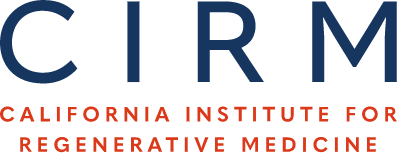New Drug Discovery for SMA using Patient-derived Induced Pluripotent Stem Cells
Spinal muscular atrophy (SMA) is the leading genetic cause of infant death in the U.S. This devastating disease affects 1 child in every 6,000-10,000 live births, with a North American…



